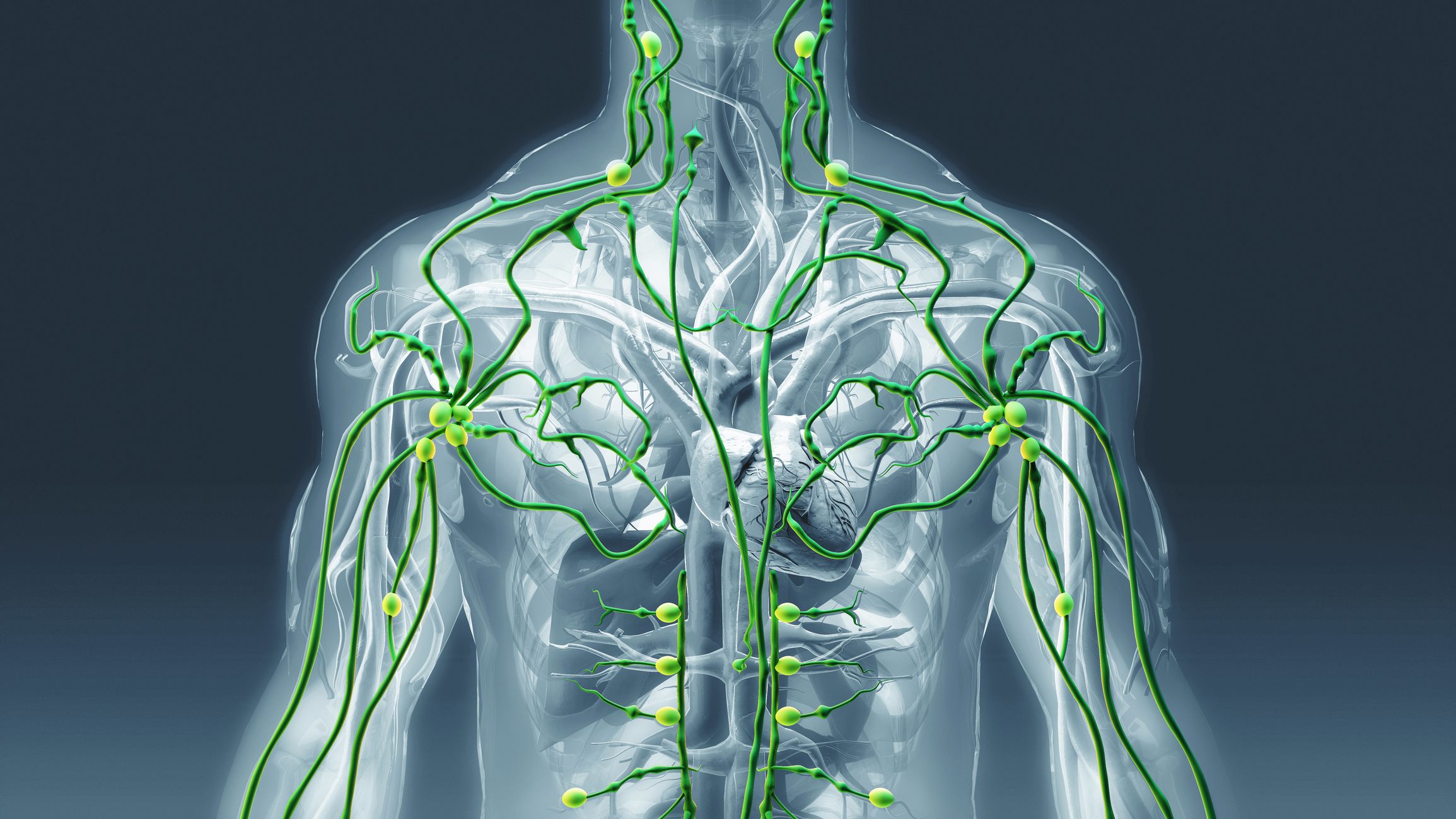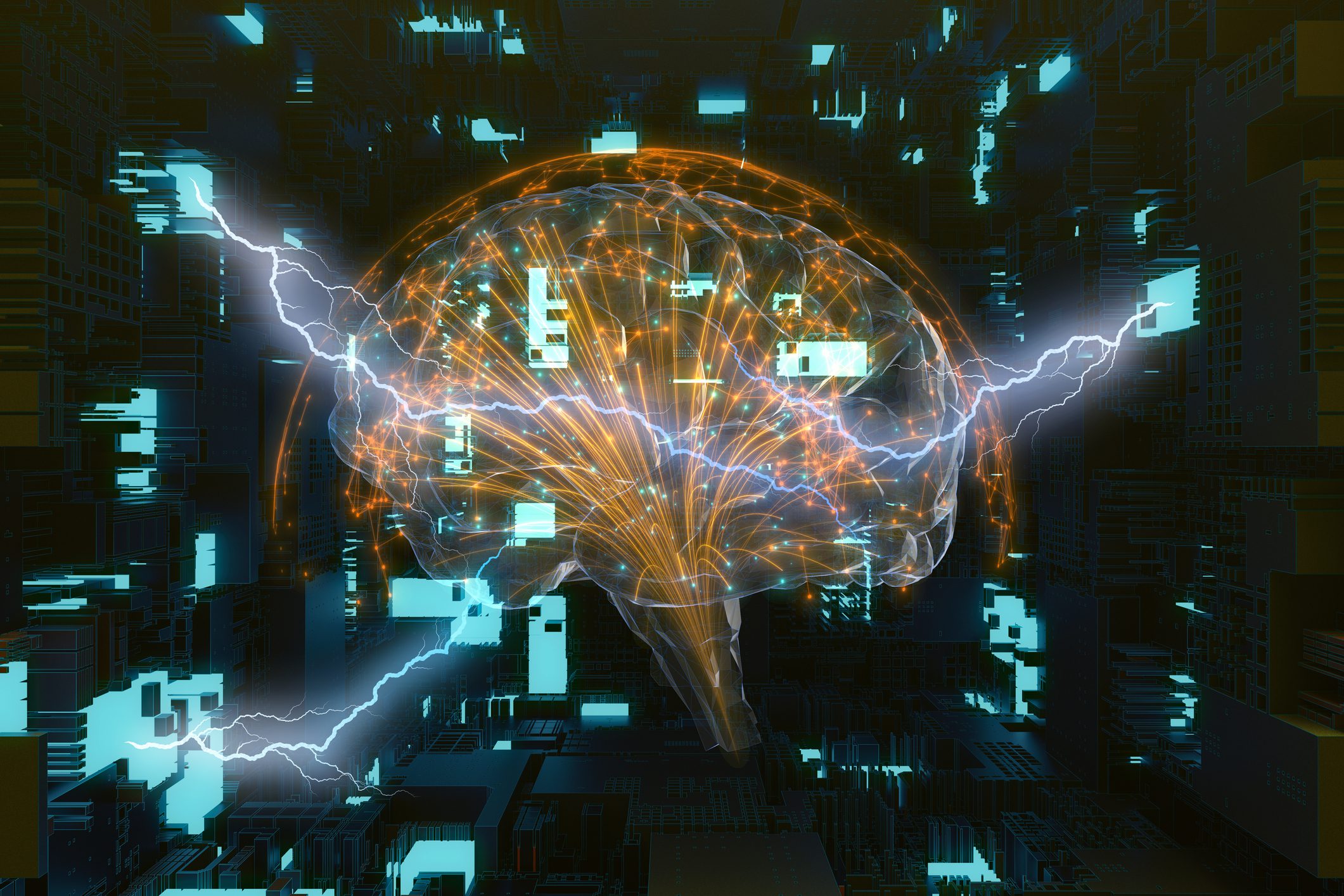Overactive bladder (OAB) is characterized by a sudden, often uncontrollable urge to urinate, with or without urge incontinence, typically accompanied by pollakiuria and nocturia. In industrialized nations, it is estimated that up to 16% of the population suffers from OAB symptoms, with the prevalence rising to over 30% in older people over the age of 65. At the same time, many men with benign prostate enlargement (benign prostatic hyperplasia, BPH) also complain of storage disorders, which can manifest as OAB.
You May Also Like
- Wound Care
Chronically infected wound on the lower leg – a case report
- From symptom to diagnosis
Dyspnea – thoracic lymphoma
- Hemophilia A and B
Personalized approach and innovative treatment options
- Diagnosis and treatment of neurological and psychiatric illnesses
Precision Neurology
- Type 2 diabetes
Pharmacotherapy can lead to remission
- Case Report
Mycosis fungoides in an 11-year-old child
- EHA 2025
Progress in multiple myeloma
- Interstitial lung diseases












